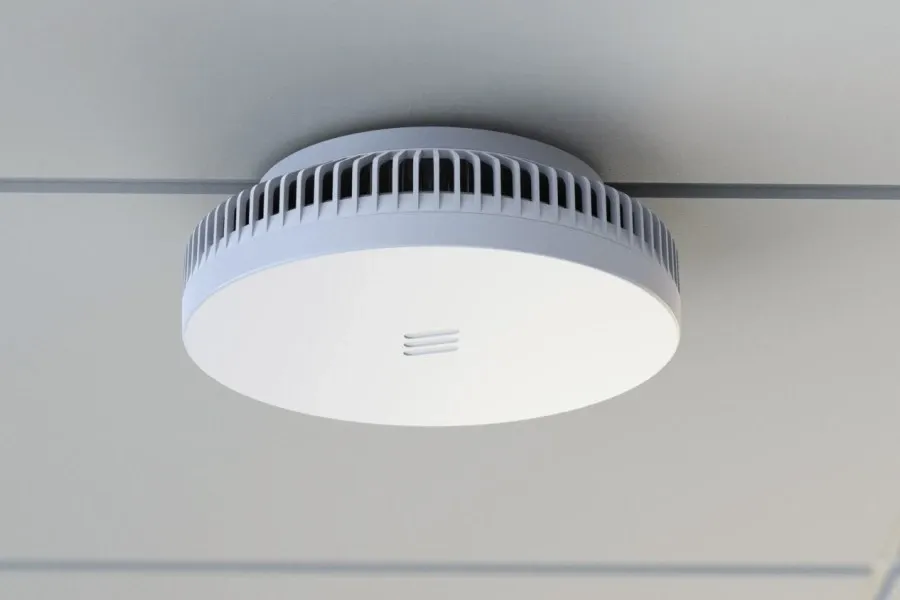Nokia Launches Aurelis Optical LAN
Nokia announced the launch of Aurelis Optical LAN, its next-generation fiber-based LAN solution developed to meet the evolving demands of enterprise connectivity.

Ericsson has expanded its indoor mobile connectivity portfolio with three new easy-to-deploy and cost-efficient solutions aimed at delivering 5G coverage, capacity, and capabilities across the interior of any work or business environment - regardless of the size or complexity of the building. The new solutions become part of the Ericsson Radio Dot System portfolio, further increasing the flexibility of this industry-leading portfolio.
Substantial amounts of mobile data are generated through indoor use. High-performing indoor mobile connectivity has become a critical digital infrastructure. However, relatively minimal floor space in buildings, estimated at 10 to 15 percent, is currently served by indoor 5G connectivity. Businesses spanning all sectors and sizes, whether airports, office complexes, hotels, and industrial settings such as factories, mines, and ports, require reliable connectivity that improves their operations and customers’ experience.
The currently fragmented in-building market primarily consists of technologies such as Distributed Antenna Systems (DAS) and small cells. As a result, the indoor technology decision-making process is often difficult and time-consuming. Ericsson’s additions to its indoor 5G portfolio, comprising two new hardware products and a software solution, are aimed at meeting customers’ simplicity and monetization goals through a scalable solution suitable for any indoor environment or situation.
The latest indoor radio unit, called IRU 8850, is suited for medium-to-large venue coverage. The second indoor 5G portfolio addition, aimed at small- to medium-sized building coverage, is called the Ericsson Indoor Fusion Unit, a compact, all-in-one indoor 5G solution that combines radio and baseband functionalities into one unit, making it easy and quick to deploy. Ericsson is also introducing a new software feature for indoor networks called 5G Precise Positioning, which provides location services for a wide range of uses cases that CSPs and enterprises can use, like asset tracking and tool positioning, in environments such as factories, mines, hospitals, warehouses, and other industrial private network applications, as well as in emergency response scenarios.